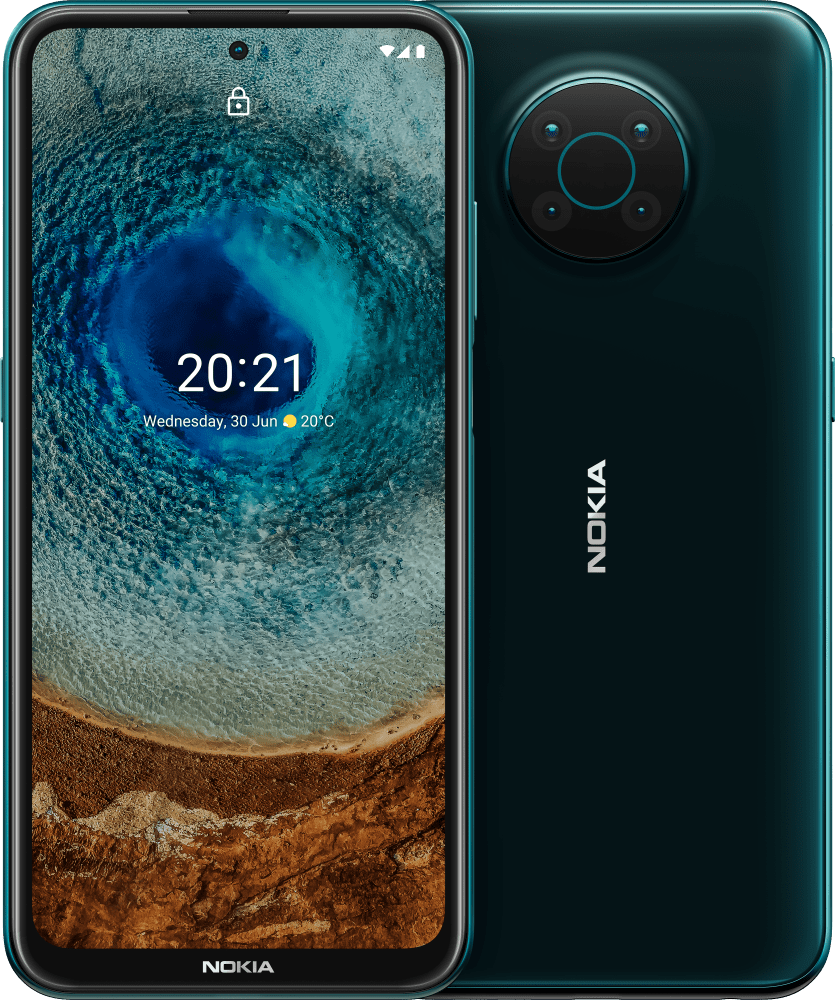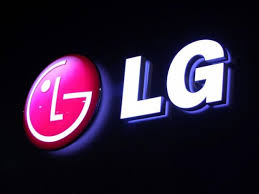Memory Cards For Mobile Phones 32GB to 128GB
Outline for Choosing the Best Memory Card for a Mid-Range Smartphone User
See More Entry-Level
|
 Nokia X10 - Compatible with 32GB, 64GB and 128GB Micro SD, Micro SDHC and Micro SDXC Memory Cards. Nokia X10 - Compatible with 32GB, 64GB and 128GB Micro SD, Micro SDHC and Micro SDXC Memory Cards. |
|
 |
- Typically, these users seek a balance between decent performance and affordability.
- They require additional storage for apps, photos, videos, and music beyond the built-in capacity of their device.
- They might occasionally engage in activities like capturing high-resolution photos or recording videos in HD.
2. Key Considerations for Selecting a Memory Card:
|
 |
a. Compatibility:
- Ensure support for microSD, microSDHC, or microSDXC cards. Most mid-range smartphones support microSDHC and microSDXC, providing a wider range of capacity options.
- Check maximum capacity support; some mid-range phones might cap at 256GB or 512GB.
b. Capacity:
- Recommended: 32GB to 128GB.
- Why: Offers ample space for most users to store essential apps, media, and documents without dealing with frequent space issues.
c. Speed:
- Minimum Speed Class: Class 10 or UHS-I.
- Why? Ensures smooth performance for everyday tasks and adequate speed for HD video recording without lag or dropped frames.
d. Brand Authenticity:
- Opt for reputable brands like SanDisk, Samsung, or Kingston to ensure reliability and access to warranties.
|
 |
a. Enhanced Storage:
- Provides additional space for apps, photos, videos, and documents, preventing the need for constant management and deletion to free up space.
b. Improved Device Performance:
- Helps in maintaining smooth device operation by offloading storage-hungry apps and media from internal memory to the card.
c. Versatility and Portability:
- Easy to transfer data between devices, making it convenient for sharing or backing up important files.
d. Cost-Effectiveness:
- Offers an affordable solution to storage expansion, potentially extending the device's usability and delaying the need for an upgrade.
By selecting a microSD card with these attributes, a mid-range SmartPhone user will experience improved device functionality, greater storage capacity, and reliable performance, ultimately enhancing youroverall smartphone experience.


















